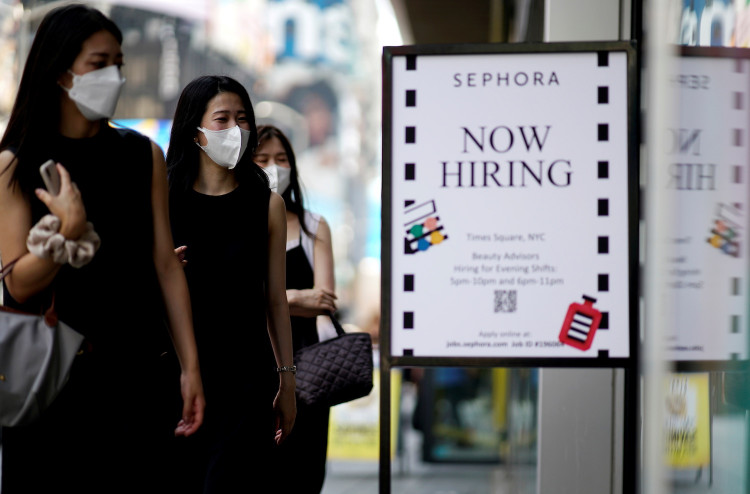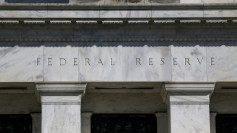The U.S. private sector experienced its weakest job growth in more than three-and-a-half years in August, a stark indication that the labor market's momentum is faltering. According to a report released Thursday by ADP, private payrolls increased by just 99,000 in August, significantly below the 140,000 jobs anticipated by economists and the smallest gain since January 2021. This disappointing figure adds to the growing body of evidence suggesting that the U.S. labor market is facing a significant slowdown.
This sluggish performance follows a downwardly revised increase of 111,000 jobs in July, underscoring a trend of deceleration that has raised alarms among economists and policymakers alike. "The job market's downward drift brought us to slower-than-normal hiring after two years of outsized growth," remarked Nela Richardson, chief economist at ADP. The report further confirmed that the post-pandemic hiring boom has lost steam, with companies becoming increasingly cautious amid concerns about the broader economic outlook.
Several sectors saw declines in employment, with professional and business services losing 16,000 jobs, manufacturing shedding 8,000 positions, and information services cutting 4,000 roles. These declines highlight the growing challenges in sectors that have traditionally been strongholds of job creation. In contrast, some areas still managed to post gains, with education and health services adding 29,000 jobs, construction increasing by 27,000, and financial activities growing by 18,000 positions.
The slowdown in hiring coincides with other troubling labor market indicators. The Labor Department's Job Openings and Labor Turnover Survey (JOLTS) reported that job openings fell to 7.67 million in July, the lowest level since January 2021. Additionally, Challenger, Gray & Christmas, an outplacement firm, noted that August was the worst month for layoffs since 2009 and the slowest year for hiring since the firm began tracking the metric in 2005.
Despite these signs of weakening, initial claims for unemployment benefits ticked down slightly to 227,000 for the week ending August 31, just below the consensus forecast of 229,000. This suggests that while hiring has slowed, there has not yet been a significant uptick in layoffs across the economy.
The ADP report sets the stage for the more closely watched nonfarm payrolls report from the Bureau of Labor Statistics (BLS), due out on Friday. While the two reports often diverge, they were closely aligned in July, with ADP reporting a 97,000 increase in private payrolls and the BLS confirming a similar trend. For August, economists surveyed by Reuters expect nonfarm payrolls to have increased by 160,000, with the unemployment rate ticking down to 4.2% from 4.3% in July.
Market participants are closely monitoring these labor market developments, particularly in light of the Federal Reserve's upcoming meeting on September 17-18. The weakening jobs picture has bolstered expectations that the Fed may move to cut interest rates, with current market pricing indicating a likely 25 basis point reduction this month and a potential full percentage point cut by the end of 2024. However, the timing and magnitude of any rate cuts remain uncertain, as the Fed balances the need to support a slowing economy against concerns about inflation and financial stability.
In an additional development, ADP noted that it had conducted a rebenchmarking of its data based on the Quarterly Census of Employment and Wages, resulting in a slight downward revision of 9,000 jobs for August. This adjustment mirrors a similar revision by the BLS, which indicated that nonfarm payrolls had been overcounted by 818,000 between April 2023 and March 2024. ADP plans to conduct a full-year adjustment in February 2025, which could further impact labor market assessments.






